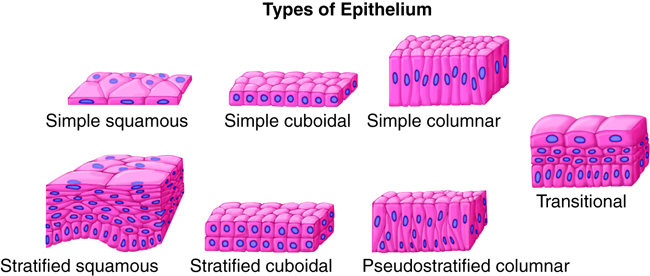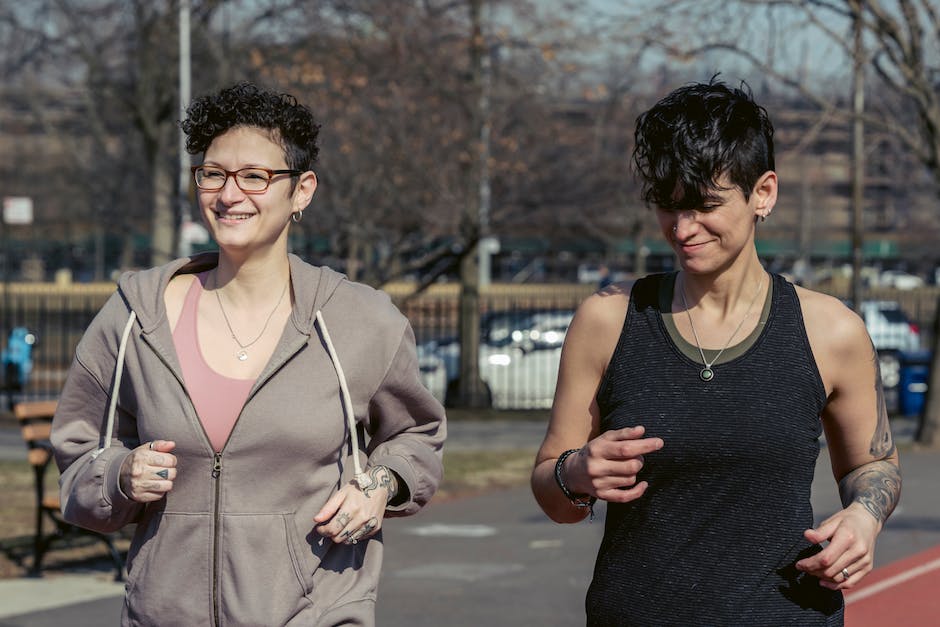
Bones are the foundation of our body, providing structure, support and protection to our vital organs. However, as we age, our bones become more fragile and susceptible to fractures, which can lead to serious health issues. While many people focus on building strong bones through diet and exercise, there is another important factor that plays a crucial role in bone health: cardio. Recent research has shown that there is a strong link between cardiovascular exercise and bone density, suggesting that a strong heart can lead to strong bones. In this article, we will explore this fascinating connection and uncover the best ways to boost both your heart and bone health.
1. Pumping Iron: How Cardiovascular Exercise Boosts Bone Health
Cardiovascular exercise is not only beneficial for your heart and lungs, but also for your bones. When you engage in activities such as running, cycling, or dancing, you are putting stress on your bones, which in turn stimulates them to grow stronger. This is because bones, like muscles, respond to the stress placed upon them by becoming denser and stronger over time.
Additionally, cardiovascular exercise can help to prevent bone loss that naturally occurs with age. As we get older, our bones become less dense and more brittle, which can lead to an increased risk of fractures and osteoporosis. However, regular exercise can help to slow down this process and maintain bone density. So, if you want to keep your bones strong and healthy, make sure to include some cardiovascular exercise in your fitness routine!
- Engaging in cardiovascular exercise can help to stimulate bone growth and increase bone density.
- Regular exercise can also help to prevent bone loss that occurs with age.
- Some great cardiovascular activities include running, cycling, dancing, and swimming.
- Be sure to speak with your doctor before starting any new exercise routine.
Overall, pumping iron isn’t the only way to build strong bones. By including cardiovascular exercise in your fitness routine, you can help to keep your bones healthy and prevent age-related bone loss. So, lace up your running shoes, hop on your bike, or hit the dance floor – your bones will thank you!

2. Building Strong Bones: The Surprising Connection Between Heart and Skeletal Health
When we think about heart health, we often focus on factors like diet, exercise, and stress management. But did you know that taking care of your heart can also help build strong bones? It may seem like an unlikely connection, but research has shown that there is a link between cardiovascular health and skeletal health.
One reason for this connection is that both the heart and bones rely on a healthy network of blood vessels. When we exercise or engage in other activities that benefit our heart, we also promote the growth of new blood vessels throughout the body, including in our bones. Additionally, some of the same nutrients and minerals that are important for heart health, such as calcium and vitamin D, are also essential for bone health. By taking steps to support our cardiovascular system, we can also help ensure that our bones stay strong and healthy as we age.
- Exercise regularly to promote cardiovascular and skeletal health
- Eat a balanced diet rich in nutrients like calcium and vitamin D
- Manage stress to reduce the risk of heart disease and osteoporosis
- Get regular check-ups with your doctor to monitor both heart and bone health
By taking a holistic approach to our health, we can support both our heart and bones for a lifetime of wellness.
3. From Heart to Bones: Why Cardiovascular Fitness is Crucial for Strong, Healthy Bones
Cardiovascular fitness is a key factor in maintaining strong and healthy bones. Regular aerobic exercise, such as running, cycling, or swimming, helps to increase blood flow and oxygen delivery to the bones, which in turn helps to improve bone density and strength. In addition, cardiovascular exercise can help to reduce the risk of osteoporosis, a condition that weakens bones and makes them more susceptible to fractures.
One of the main ways that cardiovascular exercise improves bone health is by stimulating the production of osteoblasts, the cells responsible for building new bone tissue. When you engage in regular aerobic exercise, your body responds by producing more osteoblasts, which helps to increase bone density and strength over time. In addition, cardiovascular exercise can also help to reduce the production of osteoclasts, the cells responsible for breaking down bone tissue. By reducing the activity of these cells, you can help to prevent bone loss and maintain strong, healthy bones for years to come.
So if you want to keep your bones strong and healthy, don’t neglect your cardiovascular fitness. Make sure to incorporate regular aerobic exercise into your routine, whether it’s running, cycling, swimming, or any other activity that gets your heart pumping. With consistent effort and dedication, you can improve your cardiovascular health and build strong, healthy bones that will support you throughout your life. In conclusion, it is clear that the link between cardiovascular health and bone health is a strong one. By staying active and engaging in regular exercise, we not only improve our heart health but also help to maintain strong and healthy bones. So, whether it’s running, cycling, or dancing, make sure to keep your heart pumping and your bones strong. Remember, a strong heart equals strong bones, and that’s a recipe for a happy and healthy life.
